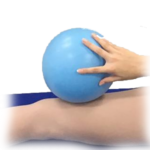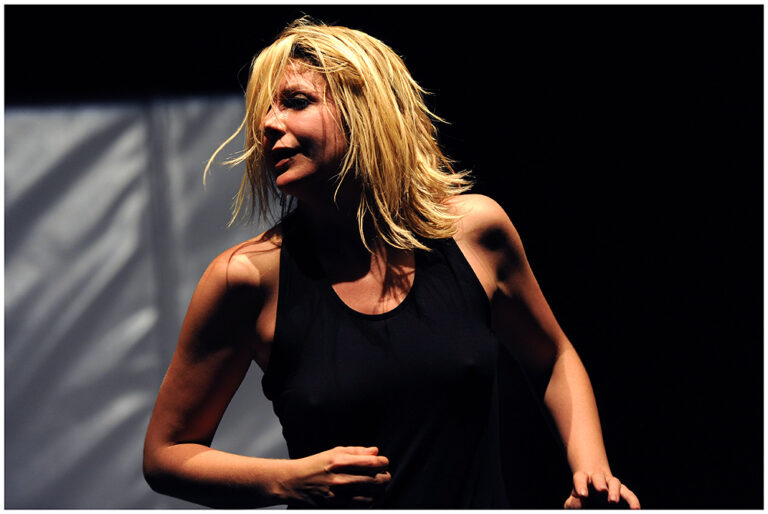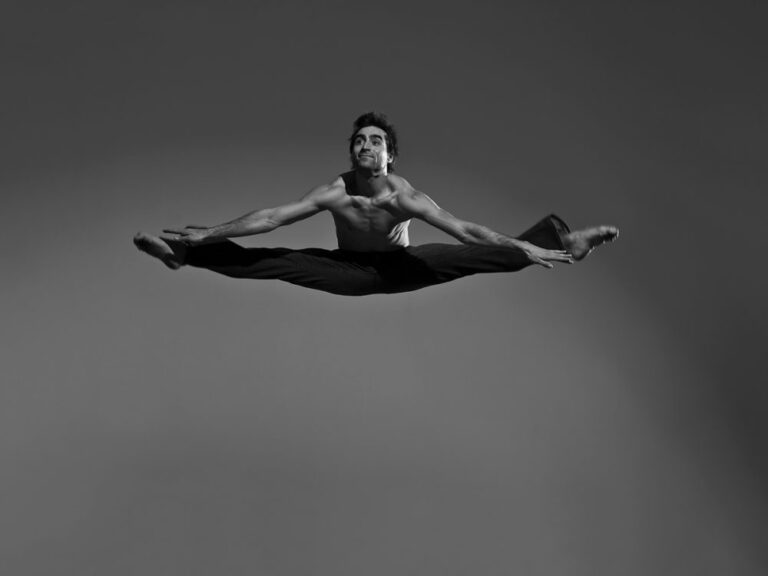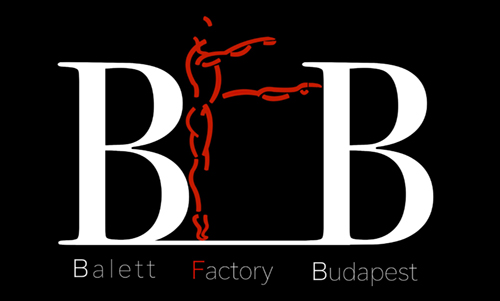The most important
clock descriptions
If you think of anything we haven't written down, feel free to ask us!

Classical Ballet
Wednesday | Friday | @ 16:30 - 18:00
Classical ballet technique has evolved from court dances - through the artistic and creative work of many great ballet masters and dancers - and has been refined into its current form.
Classical ballet training has a centuries-old tradition. Many of today's dance movements are based on ballet technique. In Hungary, the Russian Vaganova teaching method has become known as. It is extremely difficult to learn classical ballet technique and to cultivate it to an acceptable level. It requires years of training and daily practice.
The movements of Classical Ballet dancers are airy, light, graceful and precise, but can also be powerful and full of character, depending on the message of the dance. It develops flexibility, movement coordination and body awareness.
Dress Code
Girls: white tights, sleeveless basic dress (turquoise), white trainers
Boys: black dress, white short-sleeved T-shirt, black ballet shoes
Classical Ballet
Wednesday | Friday | @ 16:30 - 18:00

Progressive Ballet Technique
Monday | @ 16:30 - 18:00
Progressive Ballet Technique is an innovative programme developed by Marie Walton-Mahon. The goal was to help her students understand and master the deep layers of muscle memory, bringing out their personal best in classical ballet.
Marie was known for her creative teaching methods and for more than 4 decades she taught professional dancers and teachers all over the world. She has conducted experiments in the use of muscle memory with outstanding success. As a result, he has improved his students' center stability, weight placement and correct body positioning over several decades.
Safe dance training has always been important to Marie. It is very difficult for students in ballet class to feel and become aware of the muscle activity required for correct body positioning, but at the same time the large exercise ball helps to feel and control correct posture, weight and posture by constantly moving under the student's body.
Each exercise has been developed with great care and under the guidance of a team of physiotherapists. Marie was a ballet dancer with Les Ballet de Marseille under the direction of Roland Petit.

PBT - Practice ball
Also known as a fitness ball, we can calibrate the right size based on your body height.
When you stand next to the ball, the highest point should be in line with your knee or slightly above it. The best way to locate it is to sit on it. When sitting on the ball, the knees should be bent at a 90° angle and the thighs should be parallel to the ground. Find the correct size based on your height.
Height
Ball diameter
142 cm
45 cm
142-160 cm
55 cm
160-178 cm
65 cm
178-193 cm
75 cm

Soft ball
Also known as a Pilates ball or stability ball.
Size: between 20 and 23cm diameter,
or the closest to the 54cm circumference.

Reinforcing rubber band
Also known as TheraBand.
2.7 metres long, 15 cm wide,
medium intensity
Attention! The colours of the ribbons do not always reflect the same strength level, they vary from manufacturer to manufacturer.
Dress Code
Girls: white tights, sleeveless basic dress (turquoise), white trainers
Boys: black dress, white short-sleeved T-shirt, black ballet shoes
Progressive Ballet Technique
Monday | @ 16:30 - 18:00

The aim of the lesson is to build and learn a longer, varied combination. After a short warm-up, we get into the choreography and then lead the class with jumping exercises or stretches. The level of the class is advanced and the atmosphere is energetic.

Dance and movement spiced with content.
During the class we will build the final choreography through creative exercises. How do we find ourselves within a scene, how do we relate to the other? We explore this through the language of dance and movement. The starting point will be a dialogue. Your personality and the situation you create with your randomly assigned partners will freely shape the choreography.
We practically involve you in a dance theatre rehearsal process, where the final result is greatly influenced by what you think/say. Suggested ages: 16 to 99.
Weekly timetable
Monday
Tuesday
Wednesday
Thursday
Friday
Saturday
Sunday
Ballet
16:30-18:00
16:30-18:00
Progressive Ballet
16:30-18:00
Contemporary
pas de deux
Improv
Weekly timetable
Monday
Progressive Ballet
16:30-18:00
Tuesday
Wednesday
Ballet
16:30-18:00
Thursday
Friday
Ballet
16:30-18:00
Saturday
Sunday

Classical Ballet
@ 11:00 - 12:20
Classical ballet technique has evolved from court dances - through the artistic and creative work of many great ballet masters and dancers - and has been refined into its current form.
Classical ballet training has a centuries-old tradition. Many of today's dance movements are based on ballet technique. In Hungary, the Russian Vaganova teaching method has become known as. It is extremely difficult to learn classical ballet technique and to cultivate it to an acceptable level. It requires years of training and daily practice.
The movements of Classical Ballet dancers are airy, light, graceful and precise, but can also be powerful and full of character, depending on the message of the dance. It develops flexibility, movement coordination and body awareness.

Progressive Ballet Technique
@ 12:30 - 14:00
Progressive Ballet Technique is an innovative programme developed by Marie Walton-Mahon. The goal was to help her students understand and master the deep layers of muscle memory, bringing out their personal best in classical ballet.
Marie was known for her creative teaching methods and for more than 4 decades she taught professional dancers and teachers all over the world. She has conducted experiments in the use of muscle memory with outstanding success. As a result, he has improved his students' center stability, weight placement and correct body positioning over several decades.
Safe dance training has always been important to Marie. It is very difficult for students in ballet class to feel and become aware of the muscle activity required for correct body positioning, but at the same time the large exercise ball helps to feel and control correct posture, weight and posture by constantly moving under the student's body.
Each exercise has been developed with great care and under the guidance of a team of physiotherapists. Marie was a ballet dancer with Les Ballet de Marseille under the direction of Roland Petit.

Also known as a Pilates ball or stability ball.
Size: between 20 and 23cm diameter,
or the closest to the 54cm circumference.

Also known as a fitness ball, we can calibrate the right size based on your body height.
When you stand next to the ball, the highest point should be in line with your knee or slightly above it. The best way to locate it is to sit on it. When sitting on the ball, the knees should be bent at a 90° angle and the thighs should be parallel to the ground. Find the correct size based on your height.
Height | Ball diameter
142 cm | 45 cm 142-160 cm | 55 cm 160-178 cm | 65 cm 178-193 cm | 75 cm
Also known as TheraBand.
2.7 metres long, 15 cm wide,
medium intensity
Attention! The colours of the ribbons do not always reflect the same strength level, they vary from manufacturer to manufacturer.
